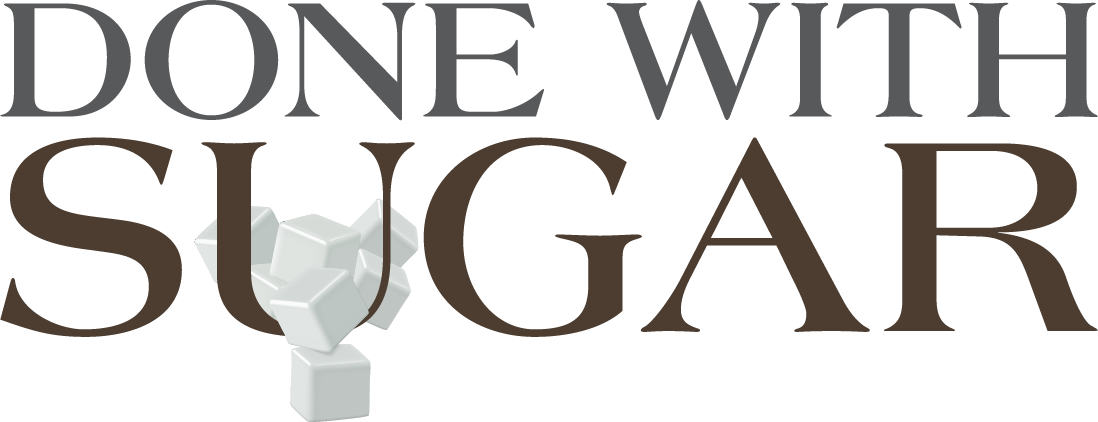Why Potatoes Might Be Fueling Your Sugar Cravings
Potatoes are not associated with sweets, so it might sound strange to blame them for sugar cravings. But your body only cares about how quickly a food turns into glucose. And white potatoes, especially when baked or mashed, behave surprisingly like sugar once they hit your system.
Potatoes and the Blood Sugar Spike
When you eat refined or starchy carbs like potatoes, your body digests them quickly. The starch converts into glucose, spiking your blood sugar levels as fast as eating something sugary.
On the Glycemic Index, a baked white potato can score between 85 and 111. This is even higher than pure table sugar. That’s right: potatoes can raise your blood sugar faster than sugar itself.
As your blood sugar rises, insulin rushes in to bring it down. But it often overcompensates, dropping your levels too far. That sudden dip makes your brain think you need another quick energy hit, and before you know it, you’re craving sugar, bread, or something carb-heavy again.
The Hidden Cycle of Cravings
This up-and-down pattern fuels not only sugar dependency but also emotional eating. You might feel tired, in a bad mood, or unfocused after a carb-heavy meal, which can trigger the urge to snack to ease those feelings.
If you’ve ever wondered: “Why do I keep craving sugar even when I don’t eat sweets?”, potatoes might be part of the answer.
Smarter Swaps and Eating Habits
Managing sugar cravings doesn’t mean giving up potatoes entirely. Here are some tips:
Balance your meals. Pair potatoes with protein and vegetables to slow digestion.
Choose sweet potatoes with skin; they’re lower on the glycemic index and rich in fibre.
Avoid eating starchy foods on an empty stomach to prevent sharp spikes and crashes.
Diversify your carbs. Try cauliflower mash, lentils, or quinoa as alternatives.
Over time, these simple changes can help stabilize your energy and reduce sugar cravings over time.
Building a Sugar-Free Lifestyle
Hidden sugars aren’t only in desserts; they’re often disguised in everyday foods like bread, pasta, and potatoes. Recognizing these triggers is a key step in overcoming sugar addiction.
If you’re ready to stop sugar addiction for good and learn practical steps that actually work, check out our Sugar Addiction Course, which is designed to help you manage cravings, understand your triggers, and build lasting habits for a sugar-free lifestyle.
